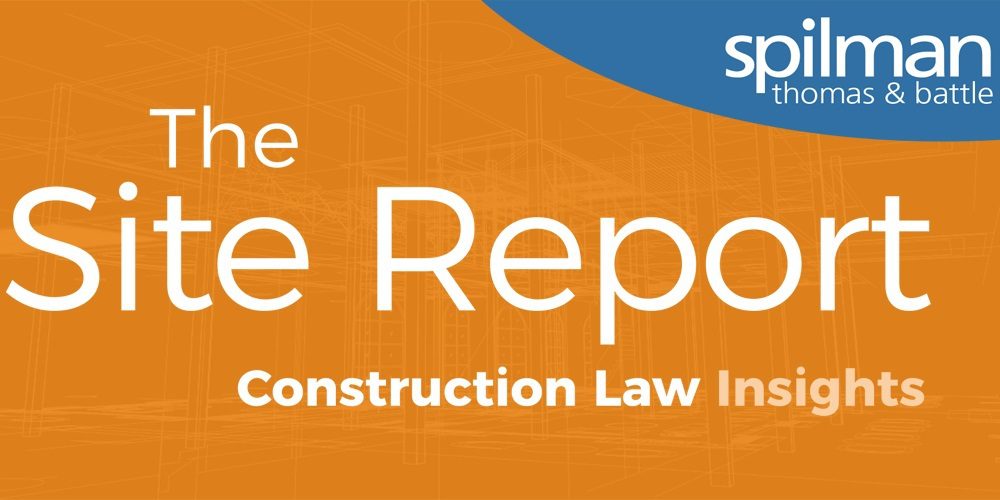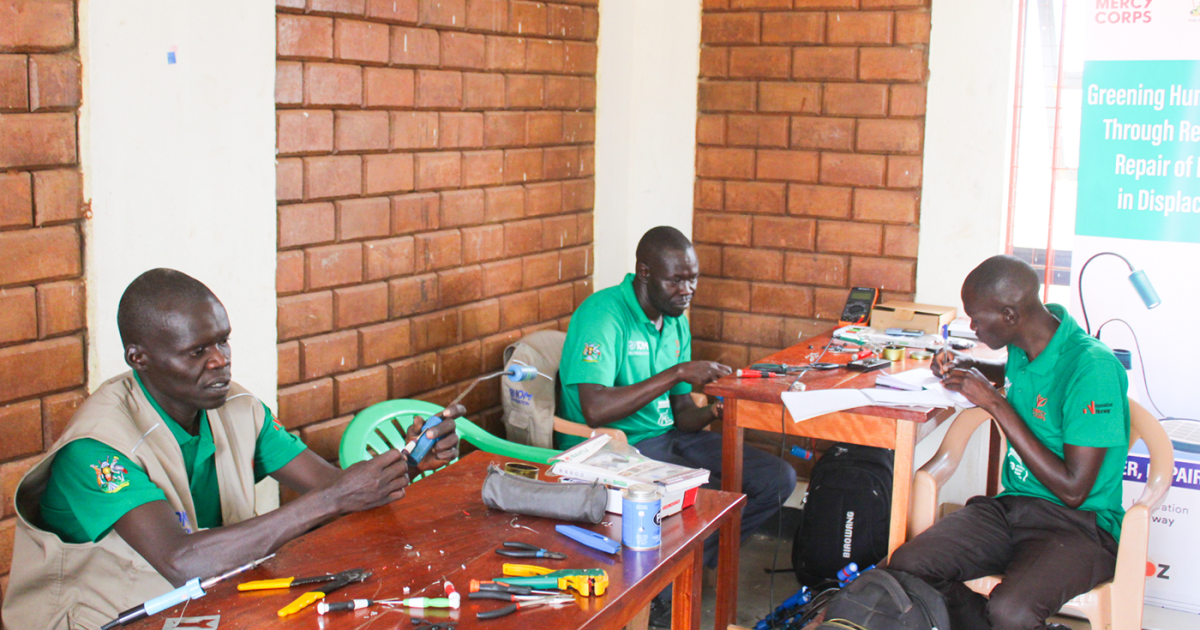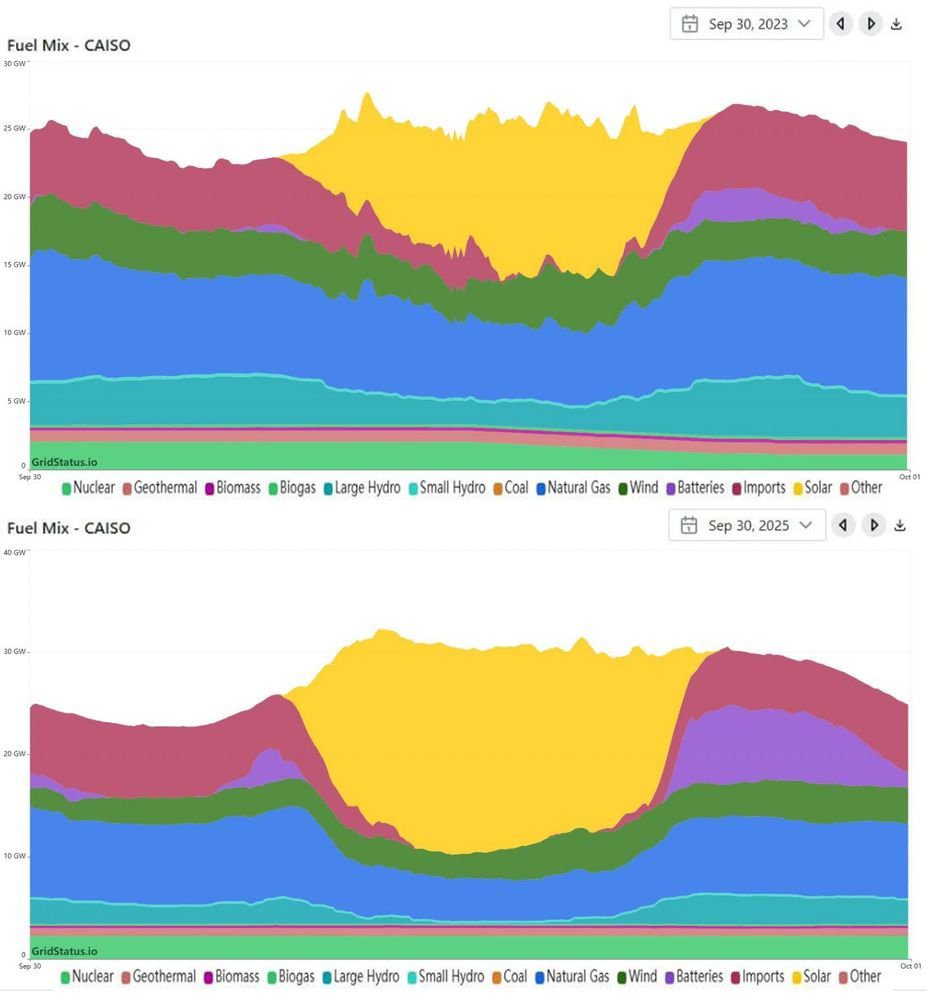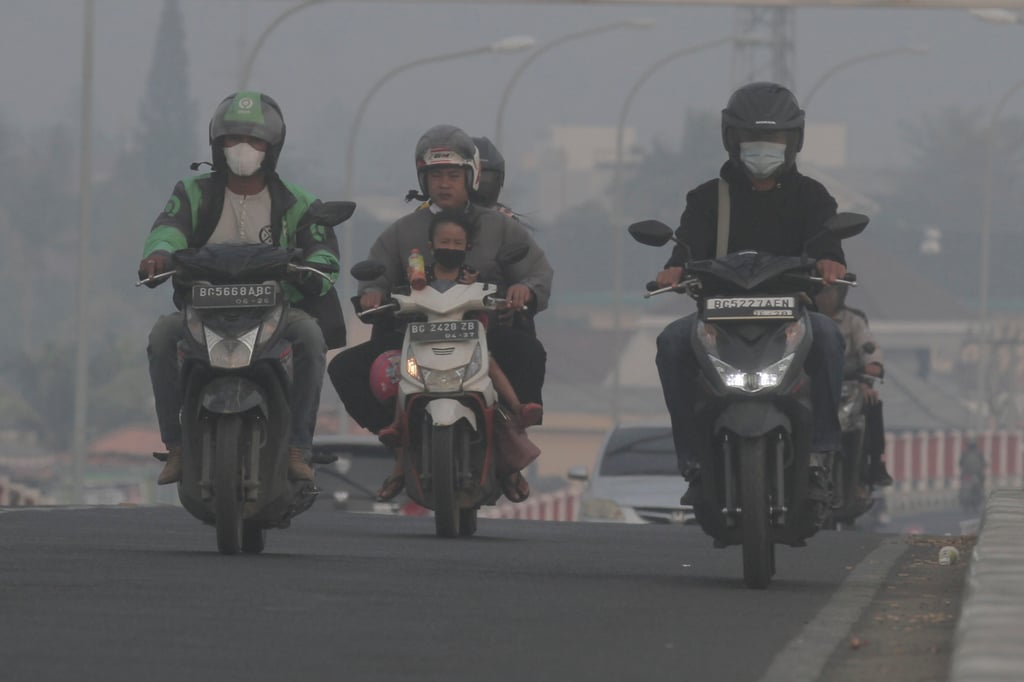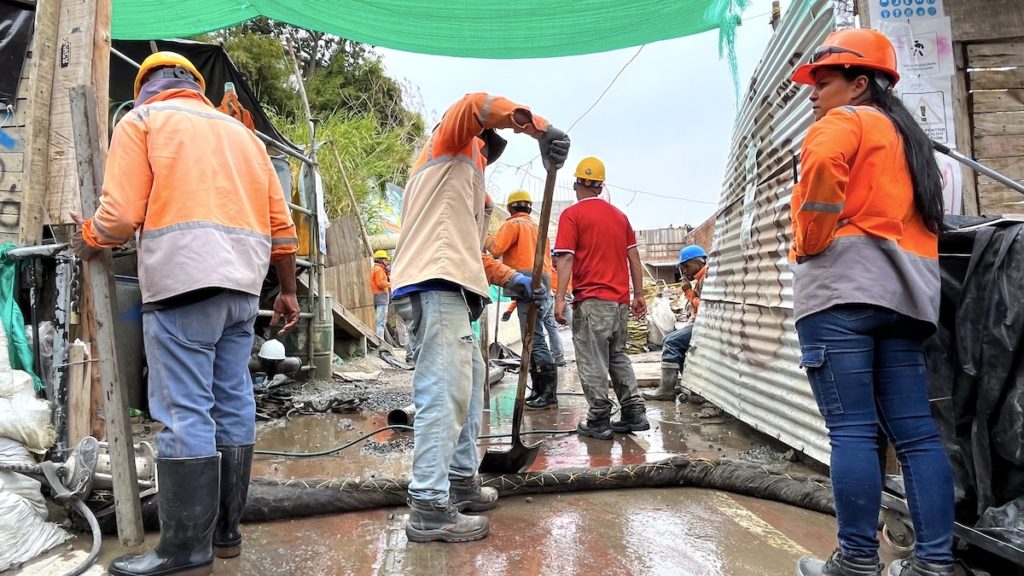U.S. economic outlook: Stagflation lite to describe second half – The Real Economy Blog

U.S. Economic Report: Navigating Headwinds and Aligning with Sustainable Development Goals
This report analyzes the current U.S. economic outlook, focusing on key indicators such as growth, inflation, and employment. The analysis is framed within the context of the United Nations Sustainable Development Goals (SDGs), particularly SDG 8 (Decent Work and Economic Growth), SDG 10 (Reduced Inequalities), and SDG 17 (Partnerships for the Goals).
SDG 8: Decent Work and Economic Growth Amidst Economic Slowdown
The U.S. economy is projected to experience a period of slower growth, posing challenges to the achievement of sustained, inclusive, and sustainable economic growth as outlined in SDG 8. This “stagflation lite” environment is characterized by slow growth, rising inflation, and increasing unemployment.
Economic Growth Projections
Forecasts indicate a significant deceleration in economic expansion, directly impacting the targets of SDG 8.
- Gross Domestic Product (GDP) growth is expected to slow to 1.1% this year.
- A rebound to 2.2% is anticipated next year, driven by expansionist fiscal policies.
- Growth is projected to revert to the long-run trend of 1.8% in 2027.
This slowdown is attributed to several factors, including trade-related headwinds, the retirement of the baby boom generation, and specific policy choices on trade and immigration.
Labor Market and Employment Outlook
The goal of full and productive employment faces notable challenges. While a major recession is not anticipated, the labor market is expected to cool.
- Unemployment Rate: Forecast to rise to 4.4%.
- Job Creation: Expected to slow to an average of 90,000 gains per month in the second half of the year, down from a 107,333 average in the first half.
- Immigration Policy Impact: Tighter immigration policies may reduce the labor supply, potentially capping the unemployment rate but creating upward pressure on wages and future inflation. This dynamic has complex implications for SDG 8 and SDG 10 (Reduced Inequalities).
Inflationary Pressures and Socio-Economic Impacts (SDG 1 & SDG 10)
Rising inflation presents a significant risk to social and economic stability, potentially undermining progress on SDG 1 (No Poverty) and SDG 10 (Reduced Inequalities) by eroding the real income and purchasing power of households.
Drivers of Inflation
The primary drivers of the anticipated rise in inflation are linked to trade policy and tariffs.
- Inflation is forecast to rise above 3%, with the Consumer Price Index (CPI) potentially reaching 3.5%.
- The effective tariff rate stood at 8.85% as of July 8 and is expected to increase, exacerbating price pressures.
- Key inflation risks reside in high effective tariff rates on imports from major trading partners, including China (48.25%), Japan (14.1%), and Germany (11.02%).
Federal Reserve Policy Response
The Federal Reserve’s monetary policy will be critical in navigating the delicate balance between controlling inflation and supporting economic growth. A cautious approach is expected.
- A single 25 basis-point rate cut is anticipated in December.
- The policy rate is expected to move from its current 4.25%-4.5% range toward a terminal rate of 3%.
- The 10-year Treasury yield is forecast to end the year near 4.35%, reflecting conditions of elevated volatility.
These measures aim to maintain economic stability, a prerequisite for sustainable development, but must be carefully managed to avoid disproportionately affecting vulnerable populations.
The Role of Fiscal and Trade Policies in the SDG Framework
Government policies on spending and trade are pivotal in shaping the economic landscape and determining progress toward the SDGs.
Fiscal Policy’s Contribution to Economic Activity
Expansionary fiscal policy is expected to provide a modest boost to the economy, supporting SDG 8 targets through increased income and investment.
- Recent appropriations legislation is projected to contribute 0.2% to growth this year and 0.7% next year.
- These measures are expected to increase disposable income and bolster capital expenditures, particularly among technology firms.
- Stepped-up Social Security payments will also support income gains, contributing to the social protection floor advocated for in SDG 1.
Trade Policy and Challenges to SDG 17
Current trade policies present significant headwinds to the economy and challenge the principles of SDG 17 (Partnerships for the Goals), which calls for an open, non-discriminatory, and equitable multilateral trading system.
- Trade-related issues caused a 0.5% contraction in GDP in the first quarter.
- The volatility in trade policy has created distortions in purchasing and inventories, slowing average growth.
- The increasing reliance on tariffs heightens global economic friction and pushes the probability of a recession to 40% over the next 12 months.
Analysis of Sustainable Development Goals in the Article
1. Which SDGs are addressed or connected to the issues highlighted in the article?
The primary Sustainable Development Goal addressed in the article is:
- SDG 8: Decent Work and Economic Growth – Promote sustained, inclusive and sustainable economic growth, full and productive employment and decent work for all.
Explanation: The article is entirely focused on macroeconomic forecasting for the U.S. economy. It extensively discusses key components of SDG 8, including economic growth rates (measured by Gross Domestic Product – GDP), employment levels (unemployment rate, job creation), and overall economic stability (inflation rates, fiscal policy). The text analyzes factors that influence these components, such as trade policies, interest rates, and government spending, all of which are central to the goal of achieving sustained and stable economic growth and employment.
2. What specific targets under those SDGs can be identified based on the article’s content?
Based on the focus of the article, the following specific targets under SDG 8 can be identified:
-
Target 8.1: Sustain per capita economic growth in accordance with national circumstances.
Explanation: The article is fundamentally an analysis of economic growth. It provides explicit forecasts for GDP growth, stating, “We now expect growth to slow to 1.1% this year,” and later, “We forecast a 40% probability of recession over the next 12 months as growth slows to 1.1%, rebounds to 2.2% next year… followed by a reversion back toward the long-run trend of 1.8% in 2027.” This direct discussion of sustaining economic growth aligns perfectly with Target 8.1.
-
Target 8.5: By 2030, achieve full and productive employment and decent work for all.
Explanation: The article provides a detailed outlook on the labor market. It forecasts the unemployment rate, mentioning “a 4.4% unemployment rate” and that it is expected to “increase to 4.4% as labor demand slows.” It also analyzes job creation, noting, “We expect job gains to slow to an average of 90,000 per month in the second half of the year.” This focus on employment levels and job growth directly relates to the aim of achieving full and productive employment.
3. Are there any indicators mentioned or implied in the article that can be used to measure progress towards the identified targets?
Yes, the article mentions several specific economic indicators that are used to measure progress towards the identified targets.
-
Indicator for Target 8.1 (Sustain economic growth): Annual growth rate of real GDP.
Explanation: The article uses the annual GDP growth rate as its primary indicator for economic performance. It provides several data points and forecasts, such as growth slowing to “1.1% this year” from “2.9% at the end of last year,” and a rebound to “2.2% next year.” This is the standard indicator (specifically, Indicator 8.1.1: Annual growth rate of real GDP per capita) for measuring progress on this target.
-
Indicators for Target 8.5 (Full and productive employment): Unemployment rate and job growth figures.
Explanation: The article explicitly uses the unemployment rate (Indicator 8.5.2) to measure labor market health, forecasting a “4.4% unemployment rate.” It also uses the rate of job creation as a key indicator, stating, “We expect job gains to slow to an average of 90,000 per month” and “Private hiring during the first half averaged 107,333.”
-
Implied Indicators for Economic Stability: Inflation Rate.
Explanation: While not a direct SDG indicator itself, the inflation rate is a critical measure of economic stability, which is a prerequisite for sustainable growth and decent work. The article heavily discusses inflation, forecasting it to “rise above 3%” and providing detailed analysis on the “consumer price index” and the “personal consumption expenditures index.” These metrics are used to gauge the economic environment in which growth and employment targets must be met.
4. Table of SDGs, Targets, and Indicators
| SDGs | Targets | Indicators |
|---|---|---|
| SDG 8: Decent Work and Economic Growth | Target 8.1: Sustain per capita economic growth in accordance with national circumstances. |
|
| SDG 8: Decent Work and Economic Growth | Target 8.5: By 2030, achieve full and productive employment and decent work for all. |
|
| SDG 8: Decent Work and Economic Growth | (Implied) Maintain macroeconomic stability to support sustainable growth. |
|
Source: realeconomy.rsmus.com

What is Your Reaction?
 Like
0
Like
0
 Dislike
0
Dislike
0
 Love
0
Love
0
 Funny
0
Funny
0
 Angry
0
Angry
0
 Sad
0
Sad
0
 Wow
0
Wow
0















;Resize=805#)


